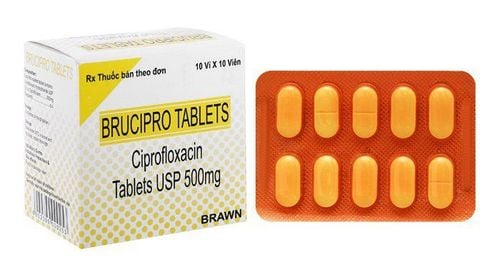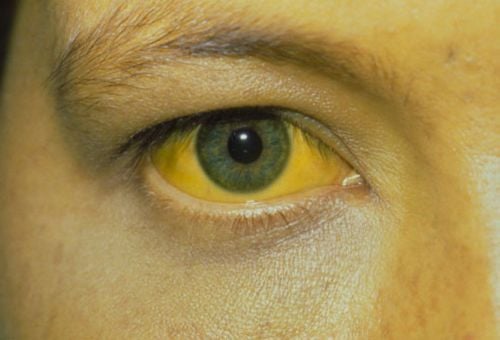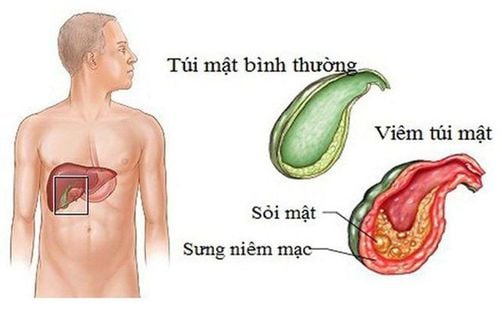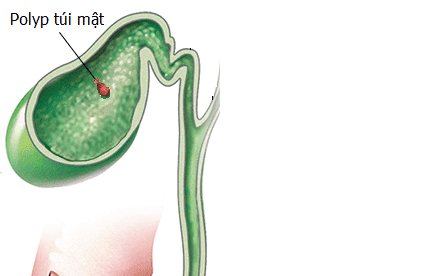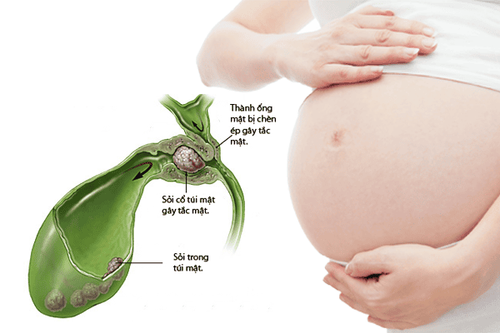This is an automatically translated article.
Gallstones are stones that form inside the gallbladder or biliary tract. The risk of developing gallstones increases with age or with people who have a high-fat diet. In some cases, advanced gallstone disease can cause severe symptoms and require cholecystectomy.
1. Overview of open cholecystectomy
There are 2 methods of cholecystectomy, which are laparoscopic and open surgery. For open cholecystectomy, the gallbladder is removed through a large direct incision in the abdominal wall. This is a more invasive method than laparoscopic surgery, which requires a longer hospital stay and slower recovery.
About 1% of cases will have to switch from laparoscopic surgery to open surgery. Factors that increase the likelihood of choosing open cholecystectomy include: The patient is obese, has a history of previous surgery that causes a lot of scarring; difficult to see the organs clearly, bleeding during surgery or emergency surgery.
2. What does the patient need to prepare before surgery?
Both laparoscopic and open cholecystectomy methods are performed under general anesthesia (the patient sleeps during the operation). Therefore, a few days before surgery, patients need to perform pre-anesthesia examination, blood tests, and general physical examination to ensure adequate health for the surgery.
Since midnight the day before the surgery, the patient should not eat or drink anything except the medicines that the doctor has authorized to take with a little water on the morning of the surgery. In addition, the patient was also asked to bathe the night before and the morning of surgery with Betadine antiseptic solution.
Cholecystectomy will be done under anesthesia and takes about 1 hour. The surgeon will make an incision in the upper abdomen and separate the cystic duct from the liver and proceed to resection.

Bệnh nhân được mổ mở cắt túi mật thường có thể sinh hoạt bình thường sau 4-6 tuần
3. Complications after cholecystectomy
After cholecystectomy, in rare cases complications can still occur including: Bleeding, infection, damage to the common bile duct, pneumonia, thromboembolism or heart problems . In addition, during cholecystectomy, the intestines or surrounding large blood vessels may be inadvertently injured when instruments are inserted into the abdomen. Other specific complications include:
Bile leak or stone drop; Residual gallstones; Prolonged pain; Bile duct injury; Diarrhea; Peritonitis ; Respiratory infections; Allergy; Prolonged paralytic ileus; Intestinal trauma; Severe liver damage. Overall, while many types of surgery carry the potential for complications, cholecystectomy patients rarely experience complications and can quickly return to their daily activities.

Phẫu thuật cắt túi mật sẽ được thực hiện dưới hình thức gây mê và diễn ra trong khoảng 1 giờ
4. Recovery after open cholecystectomy
After cholecystectomy, sometimes patients will not digest fat as easily as before. But fortunately the human body is very miraculous, the liver will take over the role of the gallbladder and produce more bile to aid in digestion.
Patients can go home in 2-4 days and be able to return to work in about 6 weeks depending on how invasive the surgery is and your type of work . Patients should walk around after surgery, gentle exercise, regularly will help patients return to normal activities as soon as possible. Before starting exercise, the patient should consult a doctor. In general, patients undergoing open cholecystectomy can usually resume normal activities after 4-6 weeks.
In addition, if after discharge, the patient shows signs of fever, jaundice, yellow eyes, continuous abdominal pain, abdominal distention, vomiting and nausea that do not decrease, and there is a discharge from the incision, the possibility is complications have occurred and the patient should see a doctor for support as soon as possible.
Please dial HOTLINE for more information or register for an appointment HERE. Download MyVinmec app to make appointments faster and to manage your bookings easily.




